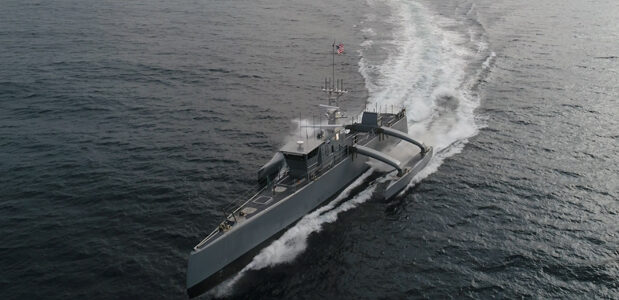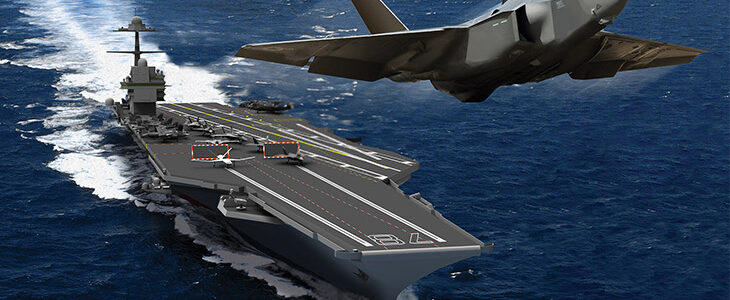The shipping industry is vital for world trade as 90% of goods are transported by sea. However, it is also one of the most carbon-intensive industries along with aviation that contributes to climate change due to its reliance on fossil fuels. This brings us to the decarbonisation of the maritime sector but it is easier said than done. In this article, discover three incredibly innovative projects that could set the tone for decarbonising global shipping.
Image credit: Iguana Yachts
Luxury boating comes in many forms but few are as impressive as this. Iguana Yachts has built some of the most spectacular amphibious yachts and boats in the world. They’ve been at it since 2008 specialising in the design and manufacturing of next-generation boats. At their main facilities and shipyards in the west of France, in Normandy, they make dreams come true with sleek, modern vessels relying on patented technology.
Image Credit: Austel
When we look at modern naval vessels, the larger and more glamorous ships generally take centre stage including the massive aircraft carriers and the ever-dangerous nuclear submarines. However, if it weren’t for frigates, these super ships would be unable to safely take on the open oceans.
Frigates are also called the “eyes of the fleet” and serve as multi-purposed warships. Their size is essentially in-between a smaller corvette and a larger destroyer where they act independently of the fleet and can free up larger ships in medium-threat areas.
While frigates weren’t suitable to fight with the rest of the fleet in normal battles, they were the perfect solution to long-range solo missions. This included exploration, patrols, escorts, blockades, anti-piracy and anti-slavery missions among others.
Naval warfare could be on the brink of a total makeover through cutting-edge technology and innovation. Making waves at the center is the Sea Hunter – a new breed of unmanned, autonomous vessels launched in 2016. It forms part of the DARPA Anti-Submarine Warfare Continuous Trail Unmanned Vessel (ACTUV) program. DARPA has already completed trials of a prototype unmanned submarine hunter and claims it could lead to a new class military vessel.
The USS Gerald R. Ford (CVN-78) is Marine Engineering at its best. It houses more than 4 500 crew members and weighs in at 90 000 tons. With a $13 billion price tag, it’s the most expensive and most advanced warship ever built. It certainly sets the bar extremely high.
Christened in November 2013 and scheduled to be commissioned this year, these super-carriers are expected to be in service until 2065. They are also set to replace some of the Navy’s existing Nimitz-class carriers.
Both classes have a similar-looking hull but the Ford class is miles ahead with new technical and technological innovations. Designed to improve operating efficiency and reduce operating costs, the USS Gerald R. Ford also requires fewer crew; about 600 to be more specific. It’s estimated to save $4-5 billion on operational expenditure making it extremely cost effective in comparison.
It’s the UK’s largest regional manufacturing technology, electronics and subcontracting exhibition and a show where you will stumble across thousands of engineering and electronics’ solutions.
The highly acclaimed Southern Manufacturing and Electronics Show was a resounding success in 2013 and according to its organisers, promises to be even better this time around.
Not only can you see the very latest technology, components, materials, products and services currently available, but the Show’s technical staff are always on hand to offer specialist advice that will improve your manufacturing processes, component sourcing, materials selection and overall business efficiency – not to mention your bottom line!







Recent Comments